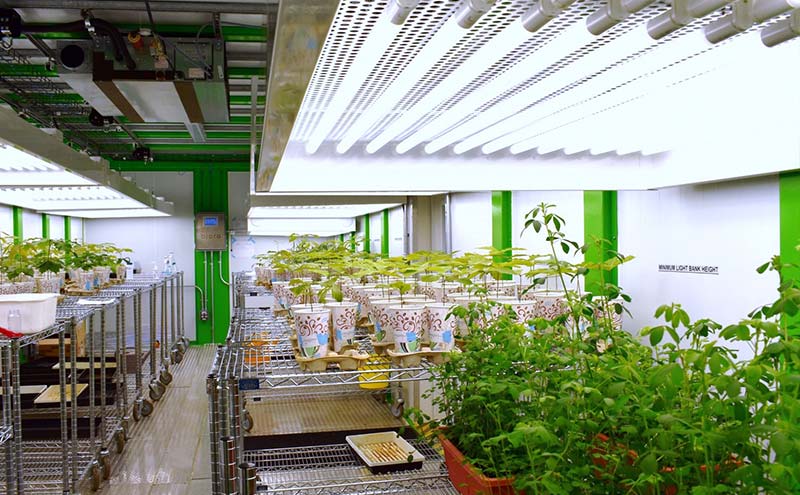Products of controlled environments are everywhere. You’ve read the non-fade claim on your paint tin, heard about the growth and yield of caryopses, or seen how hospitals keep premature babies alive. These would not be possible without the use of controlled environments.
Have you ever gone to buy groceries only to find the ingredient you are after is out of season? There is no denying it can be frustrating. Controlled environments are a sustainable solution to food production. More importantly, the use of controlled environments is limitless and goes far beyond your dinner plans. So, what exactly is a controlled environment?
What is a Controlled Environment?
A controlled environment is an enclosed area with specific parameters regulated, including temperature, pressure, light, airflow, and segregation.
The most well-known example of a controlled environment is a laboratory; these rooms have controlled temperatures and pressure, and are separated from other operations. Unlike a clean room, controlled environments do not necessarily have to meet certain standards for particle contamination.
The Mechanisms of a Controlled Environment
A controlled environment requires technical systems to manage internal conditions effectively. Engineered to adjust the input and output of resources, these technologies are commonly applied to controlled environment operations. The primary use is to manipulate the environmental conditions to that required by either research or food production.
In general, controllable functions include:
- Light Spectrum and Intensity
- Temperature
- Humidity
- Carbon Dioxide and Oxygen Levels
- Air Flow
All of these can be controlled by the minute, to the month.
What is the Value of Controlled Environments?
Controlled environments are used across a variety of industries, from biotechnology to mining. While the overall purpose and outcomes are different for each sector, the controlled environments’ underlining conditions remain the same.
Being able to control the parameters of an environment to mimic certain conditions gives endless possibilities.
- Agricultural Benefits
- Sustainability
- Research
Agricultural Benefits
From an agricultural standpoint, controlled environments allow for food sources’ production regardless of climatic conditions and space limitations. The process focuses on producing an abundant harvest while effectively utilising land, labour, water, nutrients, energy and capital.
This technique can provide clean, fresh produce throughout the year. For example, the ability to grow leafy greens in chilling winters of Northern Europe, or year-round access to locally grown basil, strawberries and tomatoes. Providing access to healthier food options can improve a community’s overall social and economic value.
Controlled environments have the potential to use fewer resources by recycling inputs such as water and nutrients. Additionally, there are reduced incidents of disease and the need for pesticides as the plants are not subjected to an external environment.
Sustainability
The concept of controlled environments offers an innovative solution to ensure the environmental and economic sustainability of food supplies with high nutritional quality.
Arable land is shrinking, and the population is rapidly growing. With a predicted 0.19 hectares per capita of arable land worldwide in 2050, feeding an expanding population is a concerning issue. One solution is the use of vertical or urban farming in the broader community.
The potential to increase productivity using controlled environments is considerable. Advances in technology, such as introducing LED lighting and renewable energy, coupled with improved genetics and the regulated supply of plant nutrition, means food supplies can be produced more efficiently at a far higher rate. Controlled environments can improve efficiency beyond conventional farming practices, particularly in areas where pollution is high.
Research
Research aims to test and report on a range of theories based on varying conditions. Controlled environments enable the researchers to manipulate the internal conditions to favour or hinder a project.
Controlled environments can be applied to research in plant development, disease and virus control, pharmaceutical development and genetic modification. For plant pathologists, virologists and entomologists, it’s imperative to have the capacity for complete control. This control provides the ability to study, report and analyse the efficacy of the control methodology.
In contrast, when research is conducted in the field, the trial is at the mercy of Mother Nature. The fluctuating conditions of field trials and greenhouses can prove frustrating and unreliable.

Controlled environments offer a sustainable and environmentally friendly solution. Whether they are used to ensure your fruit and vegetables are always in season, or for the next medical breakthrough, they have the possibility to change our everyday lifestyle significantly.






